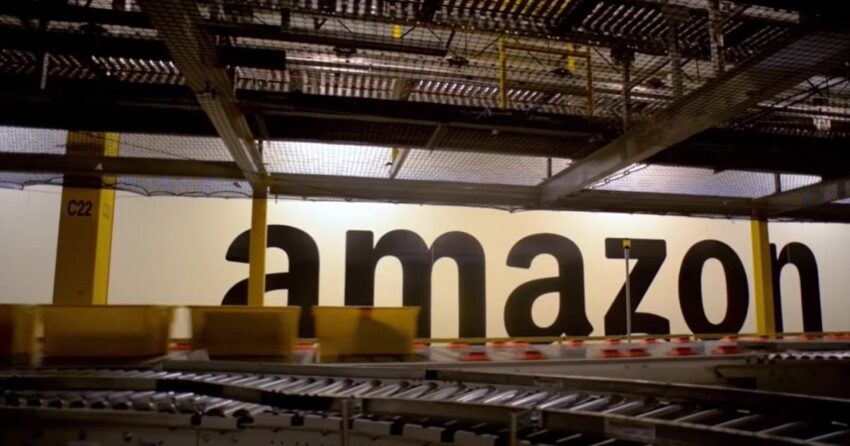
Amazon now fields more than one million robots in its warehouses and says parity with its human headcount is coming soon, according to The Wall Street Journal.
Roughly 75% of the e-commerce giant’s global deliveries already involve a robot somewhere along the line, the Journal reported, from wheeled Kiva droids that shuttle shelves to the new Vulcan bot that can “feel” its way through cluttered bins. Average staffing has fallen to about 670 employees per facility, its lowest in 16 years, even as packages handled per worker have soared more than twenty-fold since 2015.
“They’re one step closer to that realization of the full integration of robotics,” Rueben Scriven, a robotics consultant at Interact Analysis, told the Journal.
Amazon did not respond to a request for comment from the Daily Caller News Foundation.
That supposed march toward integration sits uneasily beside Amazon’s May statement to the Daily Caller News Foundation that Vulcan and its brethren are meant for “augmenting — not replacing — human capabilities.” Similarly, Amazon Robotics chief technologist Tye Brandy framed the company’s automation push as an “augmentation strategy,” insisting that “people and technology working together” will remain the model in a February interview with Business Insider.
Internal planning documents obtained by Business Insider in May spell out that transition more bluntly: Robots like Vulcan are “critical to flattening Amazon’s hiring curve over the next ten years” and save up to $10 billion a year once next-generation warehouses handle 30-40% of U.S. orders.
Amazon’s total headcount, after peaking at 1.6 million in 2021, had already ticked down by the end of 2024, trimming some 52,000 workers. CEO Andy Jassy warned employees in June that AI-driven efficiencies will keep trimming payroll “in the next few years.”
Company spokespeople previously told the DCNF that thousands of warehouse associates are moving into better-paid technical roles. Through its Mechatronics and Robotics Apprenticeship, Amazon says graduates see wages jump nearly 40%, and more than 700,000 employees worldwide have completed some form of prepaid skill enhancement program since 2019.
Sheheryar Kaoosji, executive director of the Warehouse Worker Resource Center, told the Journal that Amazon’s “dream is to have significant reduction of the workforce in high-density facilities,” a shift he worries could ripple into smaller hubs as tech costs fall.
Whether Amazon’s robots spell opportunity or obsolescence for the more than 800,000 U.S. warehouse and transportation workers on its payroll, the verdict will come quickly. Analysts at McKinsey expect the warehouse automation market to swell to about $51 billion by 2030.
All republished articles must include our logo, our reporter’s byline and their DCNF affiliation. For any questions about our guidelines or partnering with us, please contact [email protected].
Click this link for the original source of this article.
Author: Thomas English
This content is courtesy of, and owned and copyrighted by, https://www.bizpacreview.com and its author. This content is made available by use of the public RSS feed offered by the host site and is used for educational purposes only. If you are the author or represent the host site and would like this content removed now and in the future, please contact USSANews.com using the email address in the Contact page found in the website menu.








